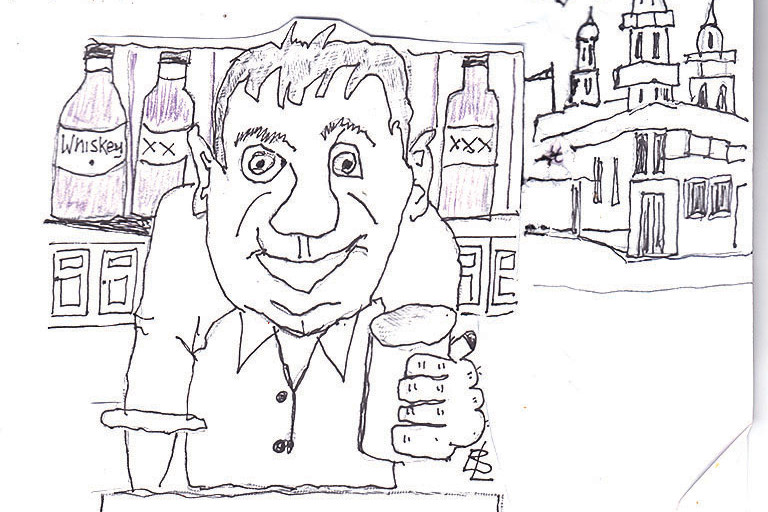General News
25 March, 2025
‘THE LOCAL’ — An institution
For at least four decades after the war, the local hotel was a centre of social life for many community members.

The Cains at the Park Hotel, Louis Maffescioni at the Flagstaff, Eileen Burke and her family at the Cambrian Hotel and Bull & Mouth Hotel, Ed and Marie Malone at the Railway, and Eric Welsh at the Supreme Court.
After the war the local hotel was central to many people’s social life and the patrons were loyal to their pub.
Before opening time some impatiently were at the door waiting for their first drink.
The Albion, Bull & Mouth, Cambrian, Flagstaff, Park, McIvor, Supreme Court, were all trading post war.
The hotels were basically local halls with the bar being the exclusive domain of the male. Women were Ladies Lounge only.
Trading hours were strict but rarely honoured. After hours trade was rife. The so called ‘cupboard’ was in full flight.
‘Bona Fide’ travellers signed the book (at least 10 miles away from home).
Publicans were regarded as a more affluent group in the community (which wasn’t always the case). Their children were often sent off to boarding school.
Every hotel had an organised patron who ran an illegal book SP (starting price) betting.
Most publicans were caught red-handed trading out of hours, usually it was by the ‘out of town’ flying squad.
Hoteliers often had their licences suspended. The system was open to corruption and trading hours had to be aligned to more realistic demands.
Six o’clock closing had led to what was called ‘the six o’clock swill’
In 1966 10 o’clock closing was legalised and despite the fears of most publicans, it was a boost to trade.
Under performing hotels soon closed down as the public demanded modern facilities. Those that survived flourished.
Immediately after the war hotels were generally hovels. Most hotels had boarders and their conditions were primitive.
Usually their rooms contained a single bed and a mirrored wardrobe.
Showering facilities were communal and usually sat atop a bathtub.
Early mornings usually involved a queue of shivering patrons wanting to perform their ablutions.
Few of the hotels had a dining room that provided a cooked breakfast. Motels were still the domain of the USA.x
Hot water systems were usually ‘chip heaters’ and often went cold.
An evening traveller after 8 pm had to rouse the publican from his residence to obtain accommodation (not always welcomed).
Travelling salesmen were important clients for the hoteliers.
The Railway hotels across Australia were located near stations to cater for railway personnel. Initially I stayed at the Railway Hotel and was woken in horror by the crashing sound of the shunting trains.
If a hotel did provide meals they were usually basic.
The fare would consist of a soup, a roast, a steak and a trifle or fruit salad. Serving hours were strict.
In the evenings there was often a ‘sing along’ in the lounge, usually with a local on the piano.
Maryborough’s Bull & Mouth now provides world class accommodation facilities and an excellent bistro menu. Compared to the early post war years, the accommodation is palatial.
Country towns are now usually inundated with motels, as are the busy highways.
Within a few years, entrepreneurs invested successfully in their development. Most provided ‘a la carte’ dining with world class food.
In the electronic world, bookings are made online and paid for. The client may not have any contact with the proprietor. Hopefully they stay long enough to appreciate our town.
The dramatic changes to the industry brought about an amazing change of clientele.
Suddenly hotels became popular for young drinkers. The median age of drinkers dropped from the mid 50s to the early 20s.
For many years hotels had the exclusive right to sell packaged alcohol. This is now available in all supermarkets and exclusive bottle shops.
As is the case, Maryborough has gone from seven hotels to two.